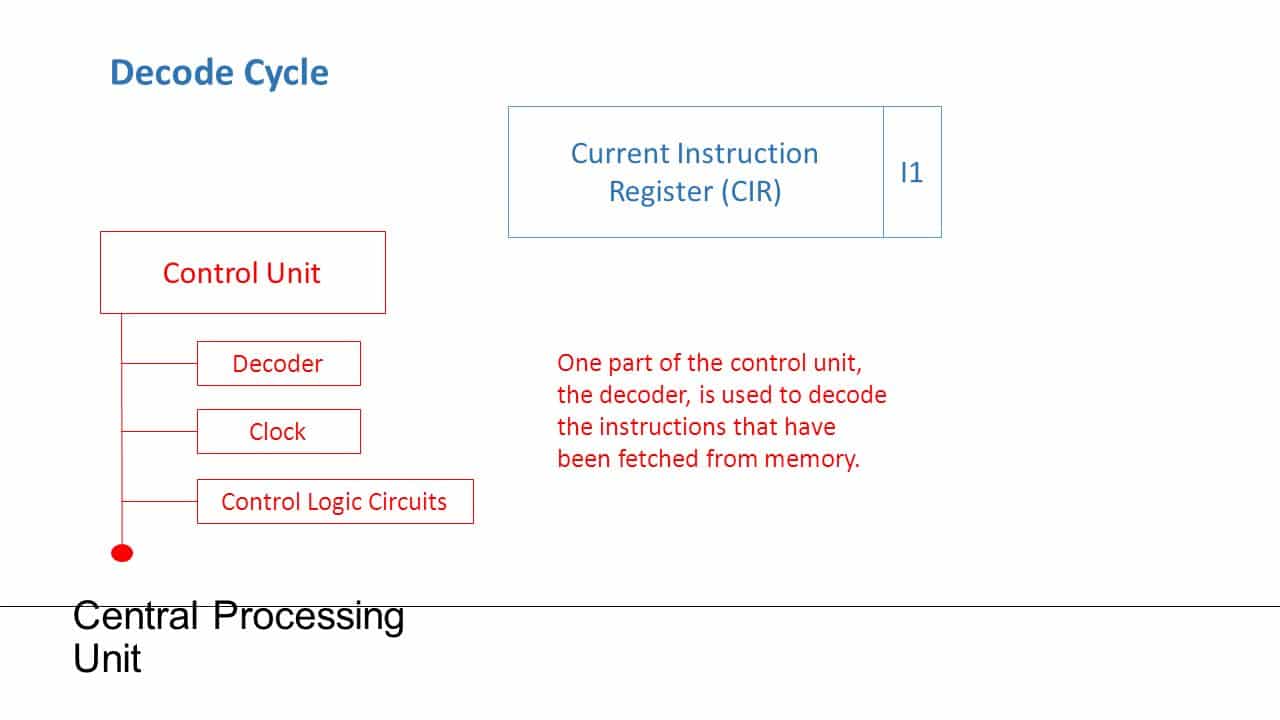The current instruction register (also known as the CIR) is a computer architecture register which is utilized to store the current instruction being processed by the processor. It is a special register which holds the address of the next instruction that the processor is to execute.
The role of the current instruction register is to hold the instruction address for the next instruction to be executed by the processor. On some processors, the CIR can also store status and control bits which determine the type of instruction that is being executed.
The primary function of the CIR is to feed the instruction fetch unit with the address of the next instruction to execute. This enables the processor to continuously receive and process instructions without waiting for input from external sources.
The current instruction register also plays a significant role in allowing for different execution pathways depending on the values stored in the register. By enabling this flexibility, the processor can speed up the execution of certain operations.
The importance of the current instruction register in modern-day computing makes it one of the most important parts of a processor. Without it, every instruction would have to be sourced from an external source, leading to large delays in data processing and reduced efficiency.






